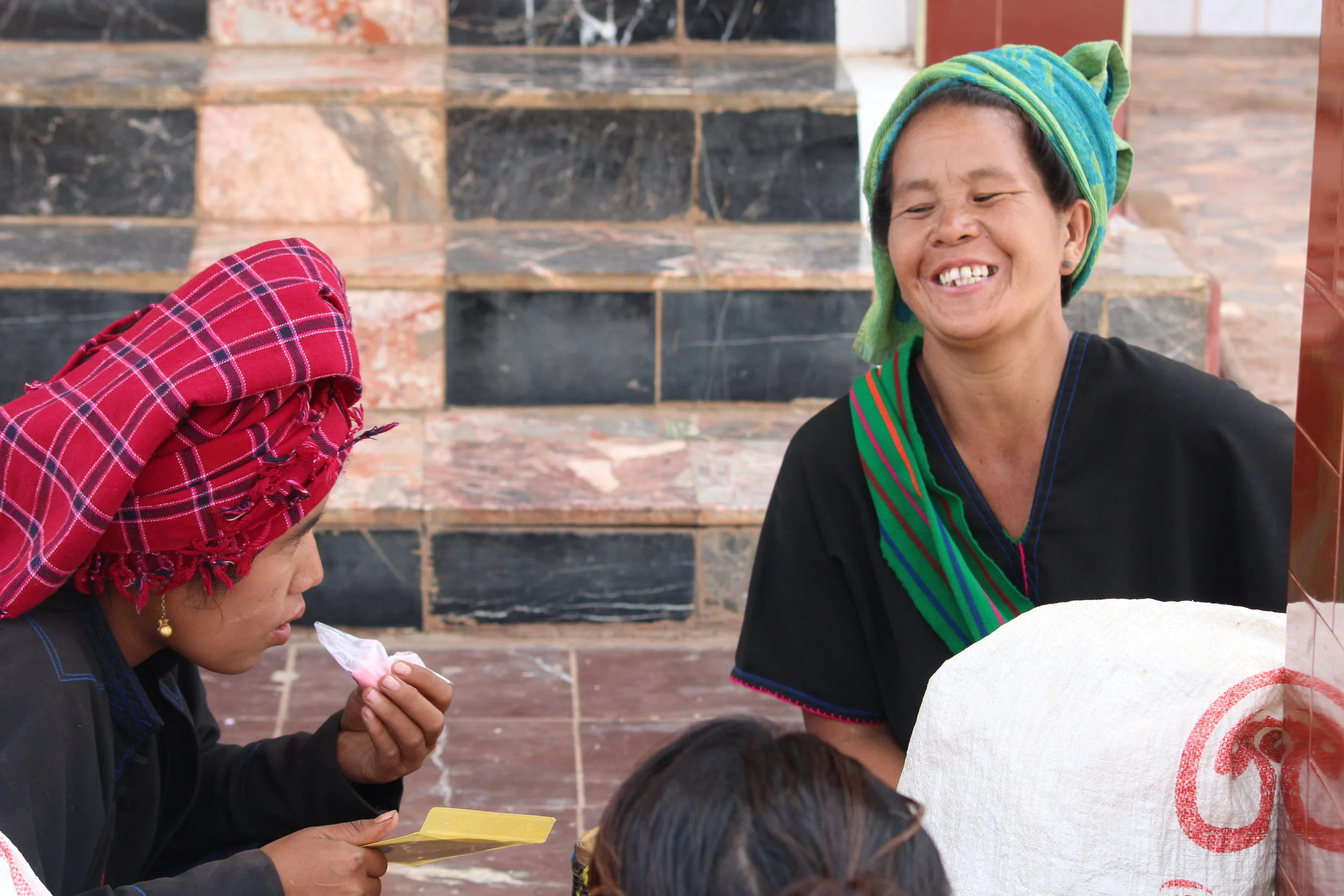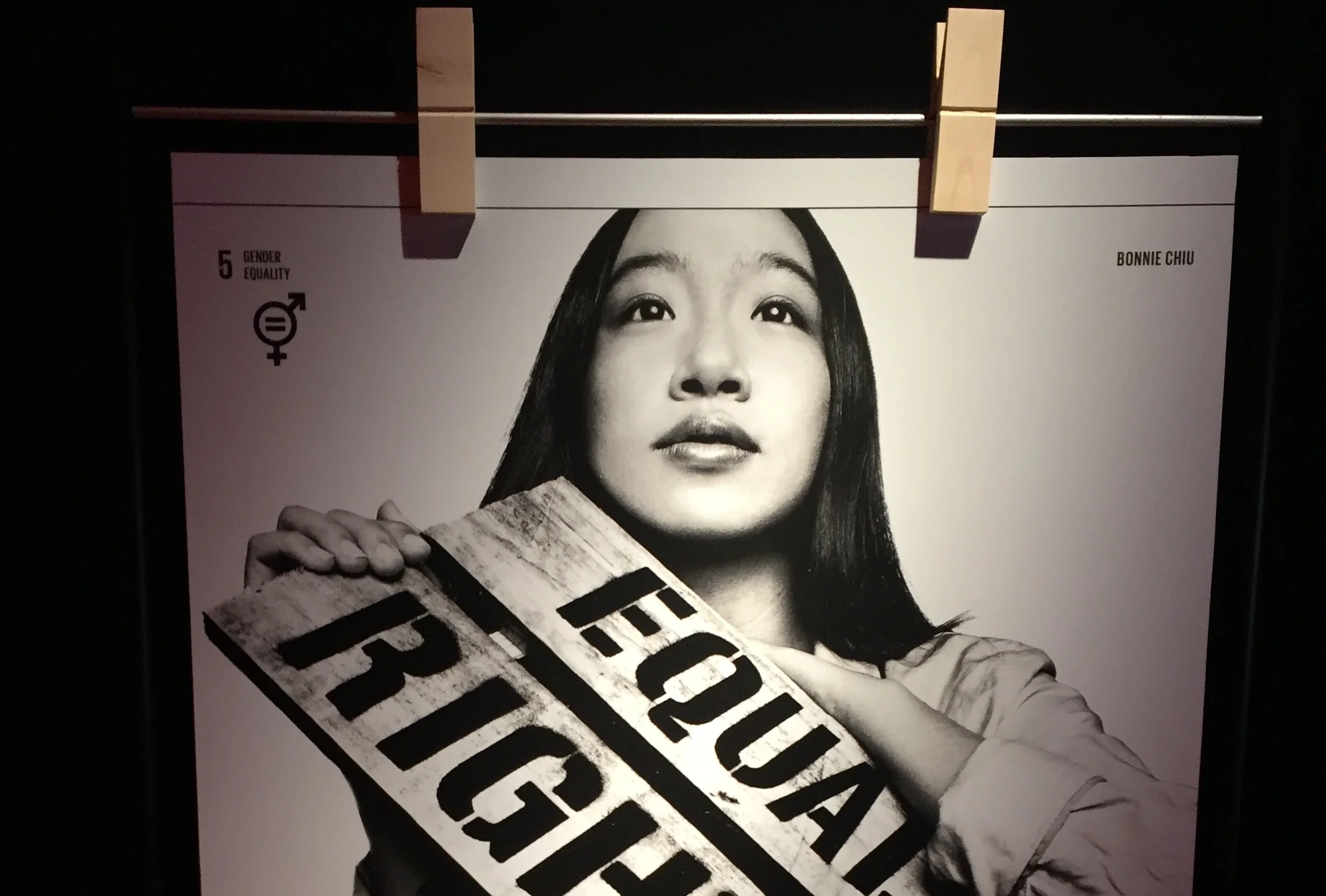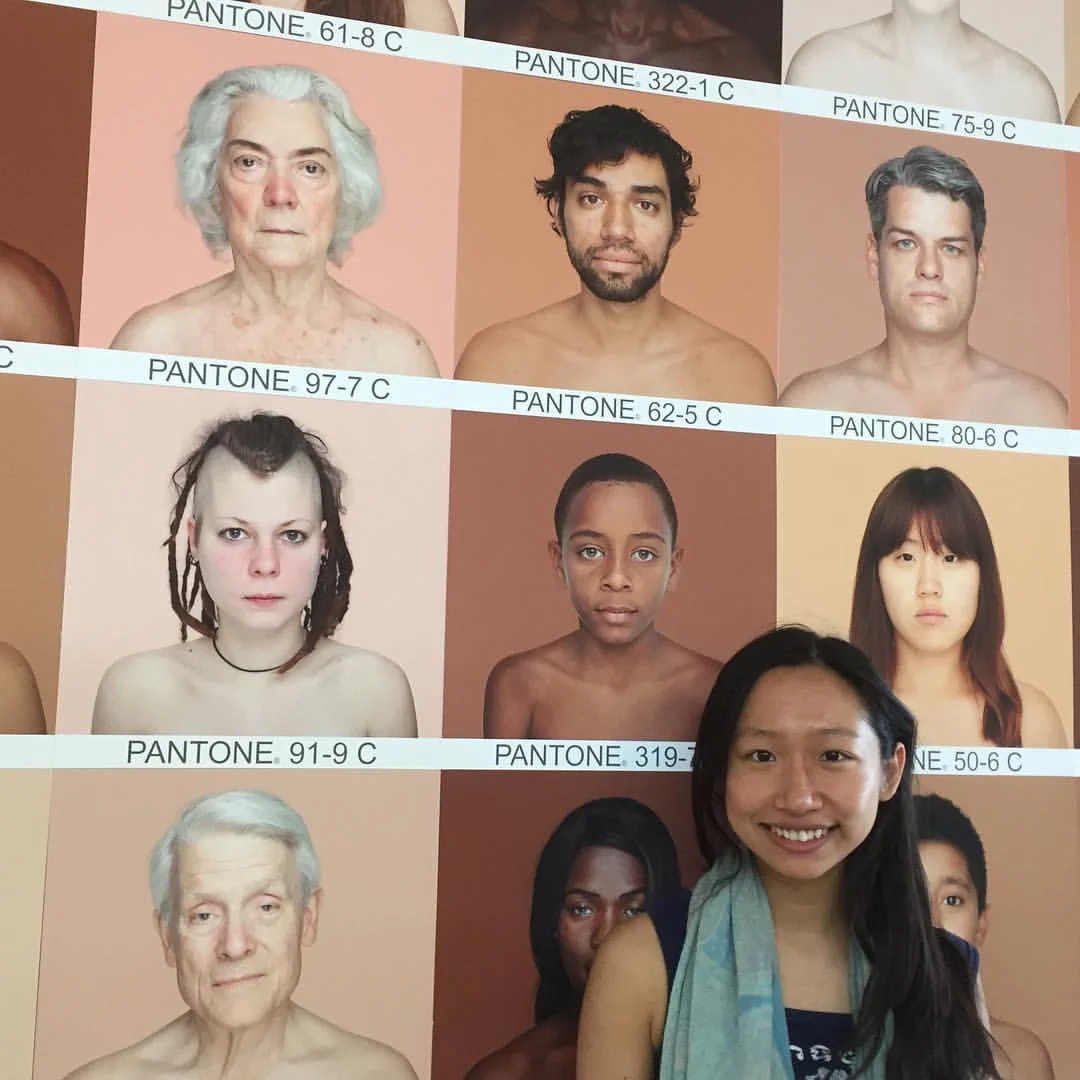The tech debate has gone on for a long time. With the Edward Snowden leaks in 2013 and the latest Facebook and Cambridge Analytica scandals, the tech debate has finally edged to the mainstream. I am a relative latecomer to the debate – I only started engaging with it seriously last year. I thought there was no space for non-techies as there was so much technical jargon, and I also did not feel that there was a space for women given the sexism of the tech industry. As we approach the Fourth Industrial Revolution, humanity cannot afford the tech debate to be confined in an echo chamber of tech elites. Ordinary citizens need to reclaim the tech debate – if we don’t, with the rapid development of advanced technologies, dystopia will be near.
Technology itself is neutral. How it is currently applied is not. If one studies the history of the Internet and the vision of Sir Tim Berners-Lee, it was created in an open architecture, flourishing the free flow of information. Yet, as the Internet grew and technology giants emerge, profit maximisation becomes the dominant paradigm and the Internet moved away from its original intent.
The Edward Snowden leaks have made us aware the extent to which the Internet and data collection have been used for large-scale institutional surveillance. Being from Hong Kong, where Edward Snoweden took refuge briefly, I followed the story very closely, but with a sense of powerlessness in face of “Big Brother”. As my interest in this area grew, I started watching Black Mirrors, a sci-fi TV series that explores a tech dystopic world. It made me think back about George Orwell’s 1984 and Aldous Huxley’s Brave New World, which I read as a teenager. Why are the emancipating potentials of technology overshadowed by human’s ability to cement control through technology? It was a question that I only asked myself, and explored as part of my Master dissertation (which was not published), as I did not feel I had the right to engage in the tech debate.
What changed for me was living in Berlin for a few months in 2017. Through my social enterprise, I joined a social tech accelerator programme focused on women entrepreneurs, called F-Lane, run by Vodafone Institute. It exposed me to the growing movement of Women in Tech. Apart from running F-Lane, Vodafone Institute deals with issues on artificial intelligence and machine learning, and I was suddenly exposed to it. In Berlin, I also met an organisation called Tactical Technology Collective, which does fantastic work on training human rights activists in digital security, as well as equipping general public with the awareness and tools to grapple with the social and political implications of technology. Their Glass Room exhibition, which attracted over 200,000 people in New York and London combined, was an attempt to make the complex tech debate accessible to the ordinary individual, through creative use of art. I started to see how I belonged, and this process broke a stereotype that I have had for a long time.
I did not feel I could engage in the tech debate because I thought it was technical. The truth is, the tech debate is not technical.
The technical jargon is put up so that it is accessible only to the ones benefiting from the status quo. Fundamentally, the tech debate is about the central questions of:
What does it mean to be human? What does it mean to be free?
As the seminal book Homo Deus sought to argue, the tech debate is very much an existential one for the human race.
Technology itself is neutral. How it is currently applied is bringing us towards dystopia. But there is an antidote. Ordinary citizens need to start engaging in this debate, and feel ownership of it. We are seeing this happening with the recent enforcement of General Data Protection Regulations (GDPR) in Europe that puts citizens’ rights at the forefront, but we need more of this happening across the world. Otherwise, very soon, robots will be speaking on our behalf.






